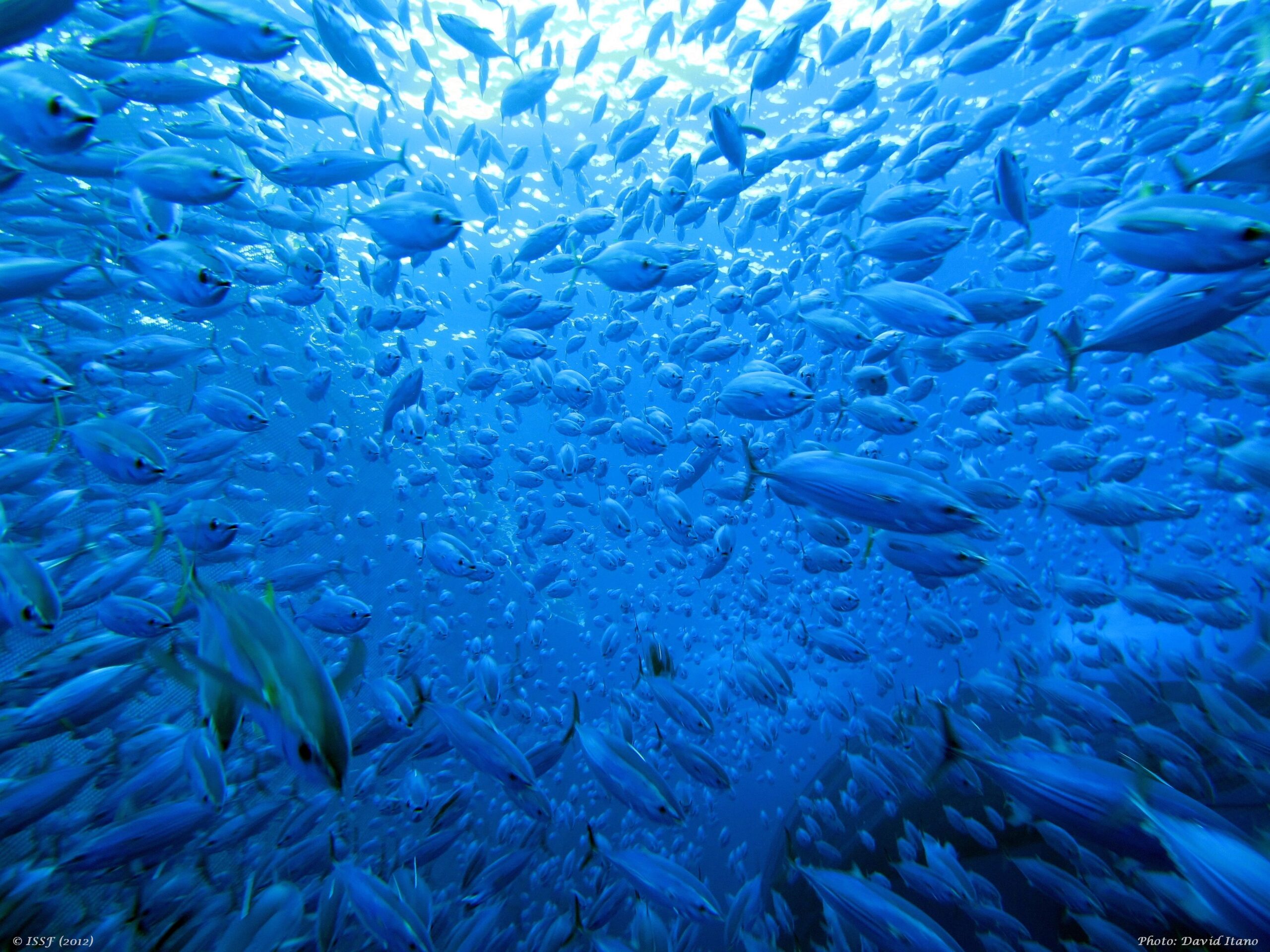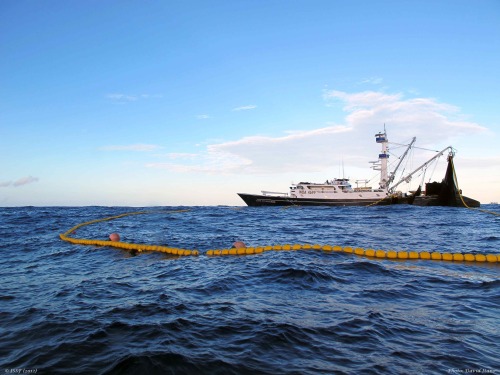FAD Resource Roundup: Reports, Blog, & Videos | New Jelly-FADs Footage
Featured Research
Jelly-FADs: Science Leads on Improved FAD Design
ISSF is working to discover and advocate for best practices for an urgent change in fishing gear: the biodegradable fish aggregating device, or bio-FAD. As Dr. Gala Moreno writes, some of ISSF’s most exciting work centers on “jelly-FADs”—bio-FADs designed in collaboration with a team of physical oceanographers.
Jelly-FADs are made of organic materials and are smaller than traditional models, yet they drift slowly, like jellyfish, so ocean currents are less likely to carry them too far afield. Both of those qualities will reduce their environmental impact if they are lost or abandoned.
Featured Content
REPORT: Questions and Answers About FADs and Bycatch
How does the bycatch of non-target species in purse seine fisheries compare to other major global fisheries? Do sets on FADs and other fishing methods catch juvenile tunas? What are their impacts?
These questions are examples of the many timely inquiries addressed in the ISSF technical report, Questions and Answers About FADs and Bycatch. Illustrated throughout with charts and graphics, the report reflects the latest tuna fisheries data.
A related blog by Dr. Victor Restrepo, Reviewing Progress on the Path to Better Designed, Better Managed FADs, reviews the efforts of ISSF, together with research, NGO, and industry partners, to ensure that FAD fisheries are sustainable for the long term.
Featured Videos
Jelly-FADs
Take a behind-the-scenes look at research on the latest FAD innovation.
Fact Checking on FADs
An ISSF video examines six frequently discussed ideas on FADs.



